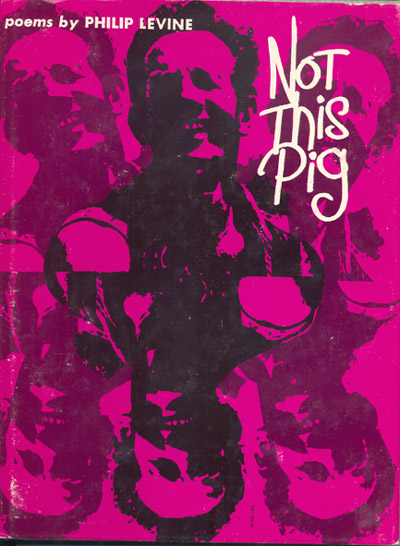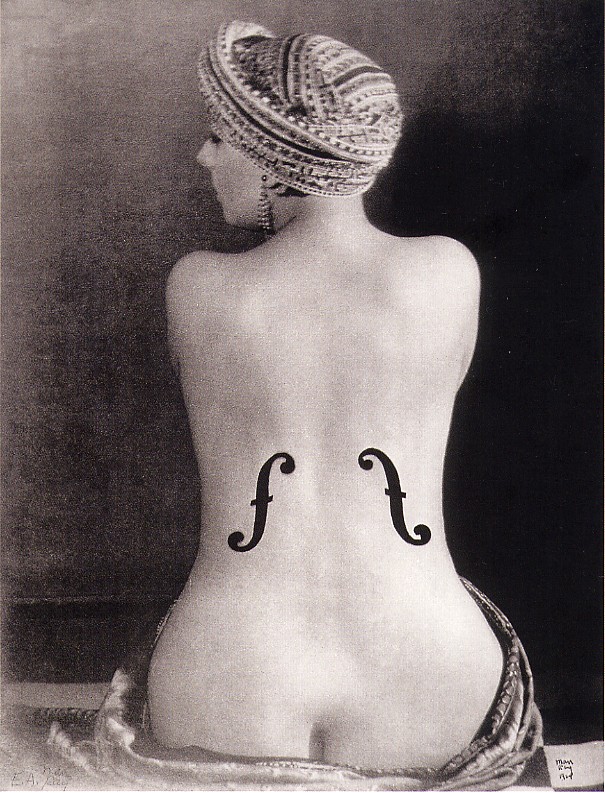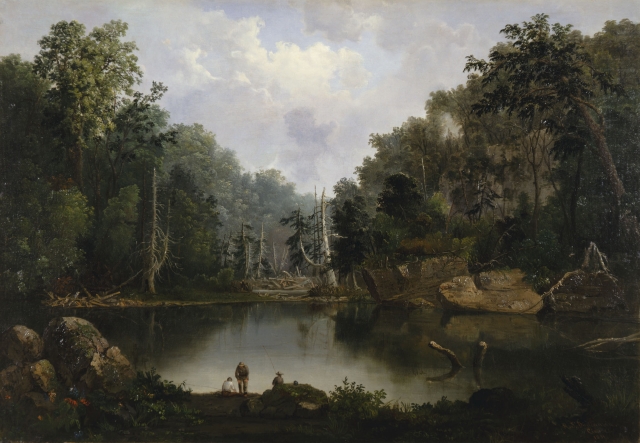![Le Saut dans le Vide (Leap into the Void) is a photograph of a performance by Yves Klein at Rue Gentil-Bernard, Fontenay-aux-Roses, October 1960. [Photo by by Harry Shunk/Wikipedia] Le Saut dans le Vide (Leap into the Void) is a photograph of a performance by Yves Klein at Rue Gentil-Bernard, Fontenay-aux-Roses, October 1960. [Photo by by Harry Shunk/Wikipedia]](../wp-content/uploads/2008/08/yves_klein_le_saut_dans_le_vide.jpg)
Le Saut dans le Vide (“Leap into the Void”) is a photograph of an art performance by Yves Klein at Rue Gentil-Bernard, Fontenay-aux-Roses, in October 1960. [Photo by by Harry Shunk/Wikipedia]
I made the comment yesterday that “Philippe Petit isn’t a daredevil like Evel Knievel, but a performance artist like Yves Klein.” I thought immediately of this iconic image of Yves Klein — whose first grand artistic gesture was to sign the sky — leaping into it. I imagine Klein’s leap whenever I remember looking out from my Paris balcony to the sky over Rue Mouffetard.
Here is what Klein’s Wikipedia page says of the image:
Klein is also well known for a photograph, Saut dans le vide (Leap into the Void) , originally published in the artist’s book Dimanche, which apparently shows him jumping off a wall, arms outstretched, towards the pavement. Klein used the photograph as evidence of his ability to undertake unaided lunar travel. In fact, “Saut dans le vide” was published as part of a broadside on the part of Klein (the “artist of space”) denouncing NASA’s own lunar expeditions as hubris and folly.
Klein’s work revolved around a Zen-influenced concept he came to describe as “le Vide” or in English: the Void. Klein’s Void is a nirvana-like state that is void of worldly influences; a neutral zone where one is inspired to pay attention to ones own sensibilities, and to “reality” as opposed to “representation”. Klein presented his work in forms that were recognized as art - paintings, a book, a musical composition - but then would take away the expected content of that form (paintings without pictures, a book without words, a musical composition without in fact composition) leaving only a shell, as it were. In this way he tried to create for the audience his “Zones of Immaterial Pictorial Sensibility”. Instead of representing objects in a subjective, artistic way, Klein wanted his subjects to be represented by their imprint: the image of their absence. Klein’s work strongly refers to a theoretical/arthistorical context as well as to philosophy/metaphysics and with his work he aimed to combine these. He tried to make his audience experience a state where an idea could simultaneously be “felt” as well as “understood”.
![gustave_caillebotte_paris_street_rainy_day Gustave Caillebotte. Paris Street, Rainy Day (La Place de l’Europe, temps de pluie). 1877. Oil on canvas. Art Institute of Chicago. [Source: Wikimedia Commons]](../wp-content/uploads/2009/02/gustave_caillebotte_paris_street_rainy_day_1877_wiki.jpg)
![Fog at Isle Royale [Source: wildmengoneborneo.com] Fog at Isle Royale [Source: wildmengoneborneo.com]](../wp-content/uploads/2008/04/isle_royale_fog.jpg) "Brendan, this is what the world looks like all the time to me. Just a little fog. It’s a fine day for boating on the Great Lakes.” Without missing a stroke he turned to dart a skeptical glance at me. Brendan the Navigator. When we named him I didn’t tell his mother everything the legendary Irish name implied. But I imagined him taking on the role of navigator for me. Growing up with Coastal Survey charts and tales of Great Lakes shipwrecks, he came to know Superior as another home. He never doubted the wisdom of canoeing there with a father who was half blind.
"Brendan, this is what the world looks like all the time to me. Just a little fog. It’s a fine day for boating on the Great Lakes.” Without missing a stroke he turned to dart a skeptical glance at me. Brendan the Navigator. When we named him I didn’t tell his mother everything the legendary Irish name implied. But I imagined him taking on the role of navigator for me. Growing up with Coastal Survey charts and tales of Great Lakes shipwrecks, he came to know Superior as another home. He never doubted the wisdom of canoeing there with a father who was half blind. ![ada_signing_072690_ucp_2 President George H.W. Bush signs into law the Americans with Disabilities Act (ADA) on July 26, 2023 as Justin Dart looks on. [Source: ucp.org]](../wp-content/uploads/2010/07/ada_signing_072690_ucp_2.jpg)

 If there is an emerging genetic underclass, I could run for class president or class clown. Read more in
If there is an emerging genetic underclass, I could run for class president or class clown. Read more in  The legendary Kiki of Montparnasse posed for Man Ray’s
The legendary Kiki of Montparnasse posed for Man Ray’s 
3 Comments
#1. a blind flaneur » Is it IKB or Memorex? Only Yves Knows 08.07.2023
[...] Klein was searching for another kind of blue with his famous Leap Into The Void (Le Saut dans le [...]
#2. Paula Gadigian 08.17.2009
Is it possible to purchase a print of Harry Shunk’s photo of “The Jump into the Void.”
Where can I find one? Thank you for your consideration. Paula Gadigian
#3. Inspiration and me | Designblog 06.06.2023
[...] So the point is, rules that are created are there but they mean nothing unless you don’t feel them… [...]
Leave a Comment